In 1968, the men’s event finals took place on Saturday, October 26, the very last day of competition at the Olympic Games.
Let’s take a look at what happened…
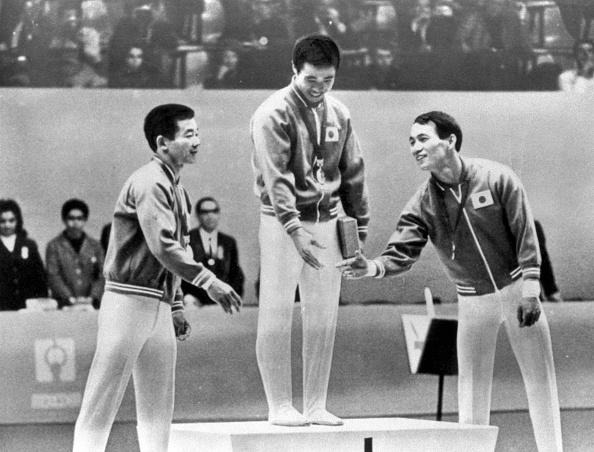
In 1968, the men’s event finals took place on Saturday, October 26, the very last day of competition at the Olympic Games.
Let’s take a look at what happened…

The Swiss newspaper L’Express summarized it best:
Until the last moment, it was impossible to predict who would win the individual all-around victory. However, since the start of the evening, it was certain that the Japanese would win the team competition.
Jusqu’au dernier moment, il était impossible de prédire à qui irait la victoire individuelle. Par contre, depuis le début de la soirée, il était certain que les Japonais l’emporteraient par équipes.
L’Express, Saturday, October 26, 1968
Let’s take a look at what happened.
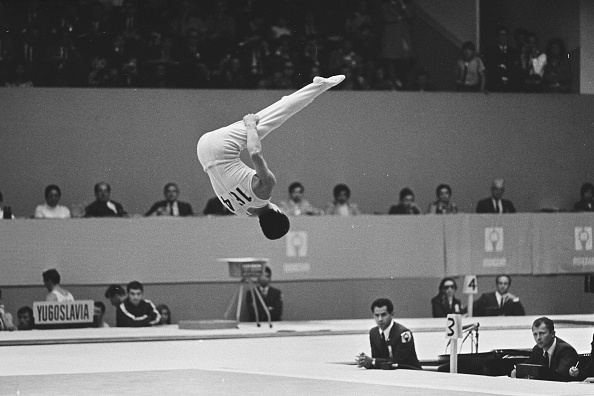
When we think of the 1968 Olympics in Mexico City, we think of the questionable judging in women’s gymnastics and the political protest of Věra Čáslavská on the podium after the floor finals.
Over the years, a piece of FIG gossip has been forgotten. It happened after the men’s compulsories. Arthur Gander, the FIG president, threatened to ban a coach from competition.
So, let’s dive into the men’s compulsories, eh?
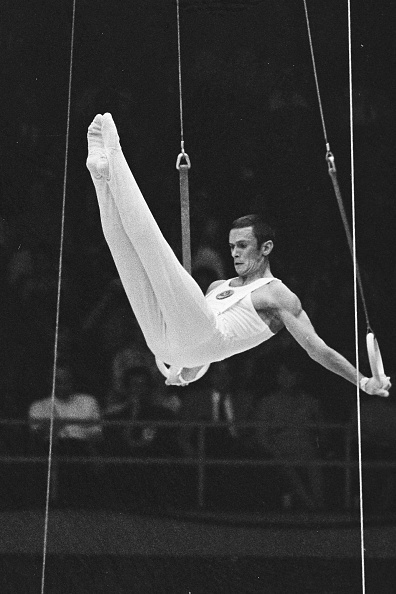
In Věra ‘68, Čáslavská returned to the National Auditorium in Mexico City, the place where she won four gold medals. While there, the tour guide said:
[Čáslavská] was an icon for us. We felt she was one of us, because at that time, in both our countries, there were student uprisings. That is why she was so dear to us. The fact that she won — it strengthened the bond between all the oppressed people. You will always be in our hearts.
During the 1968 Olympic Games, the Czechoslovak athletes meant a lot to a large portion of the Mexican audience. To understand why, you have to understand what happened in Mexico City ten days before the Olympics commenced.
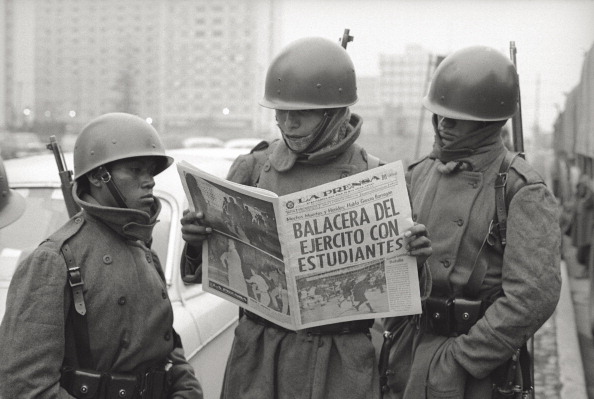
Let’s take a look at the compulsories for the 1968 Olympic Games in Mexico City, including the piano sheet music!
The bar routine turned out to be brutal. Every single team had at least one gymnast score in the 8s (or lower) — even the Soviet Union.
In July of 1976, newspapers around the world reported that Nadia Comăneci scored the first 10 in Olympic history.
Nadia Comaneci, a 15‐year‐old Rumanian girl, scored the first perfect 10 in Olympic gymnastic history in the women’s uneven parallel bars competition.
New York Times, July 19, 1976
Nadia received a perfect score of 10.00 — the first perfect 10 in Olympic history.
The Daily Yomiuri, July 20, 1976
Unfortunately, what they reported was wrong.
Comăneci was the first female gymnast to score a 10 in Olympic history, but she was not the first gymnast to score a 10. (To be fair, information was much harder to come by in the 1970s.)
From October 15-19, 1967, Mexico City held the Third Pre-Olympic Gymnastics Meet. It was part of the Little Olympics. (Nowadays, we’d call it the Olympics Test Event.)
Almost all the stars of gymnastics competed. The most notable exceptions: Věra Čáslavská and Mikhail Voronin.
Let’s take a look at what transpired in Mexico one year before the actual Games.
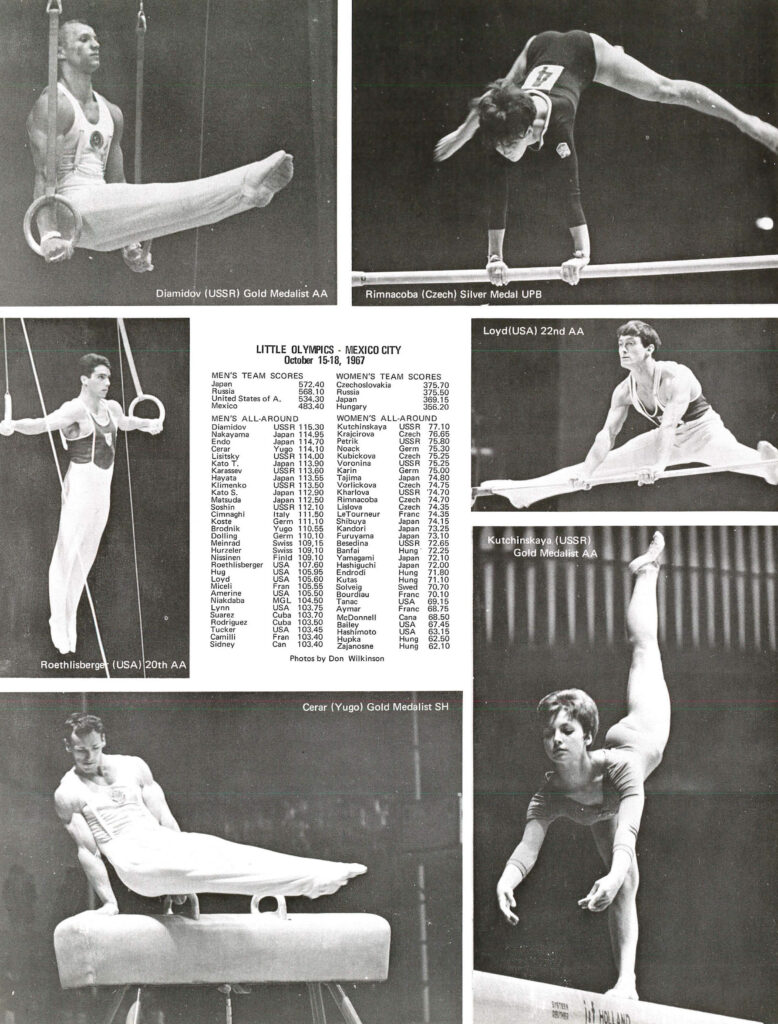
As gym nerds, we’ve heard the story about the 1968 floor exercise final. It goes something like this: “Soviet Larisa Petrik’s preliminary scores were mysteriously upgraded, enabling her to tie Věra Čáslavská for the gold medal on floor.”
Well, the story is more complicated, and the sinister undertones aren’t true. The judging scandal is a myth. Plain and simple.
Let’s take a look at what happened by looking at primary resources from the time.
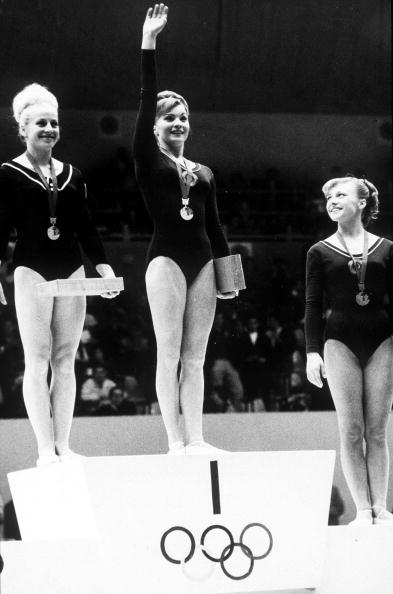
In early April, Artur Dalaloyan tore his Achilles. In July, he competed and helped his team win an Olympic gold medal at the Tokyo Olympics in 2021.
It’s a jaw-dropping story, but it’s not the only jaw-dropping Achilles story in Olympic gymnastics history.
This post throws off the chronological order of this website. I know, it bothers me, too.
Nevertheless, I feel like it’s important to document the floor music of this year’s Olympics. FX music tells us a lot about the general cultural zeitgeist in the world, as well as what is (and isn’t) allowed by the FIG.